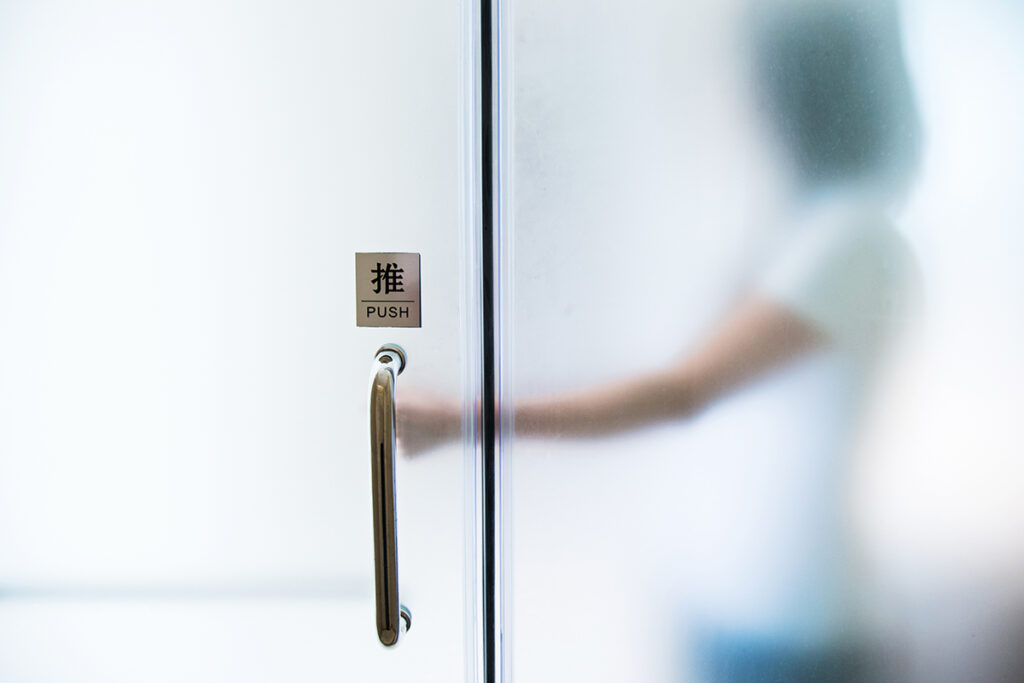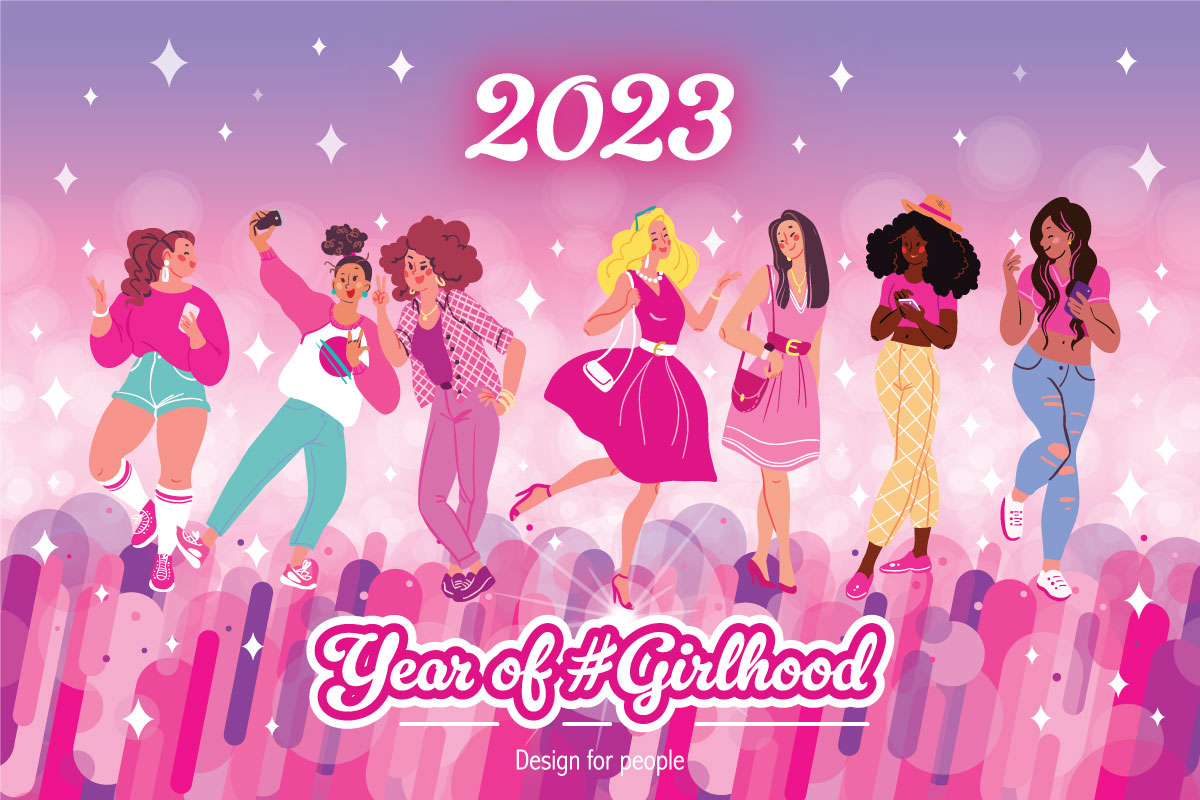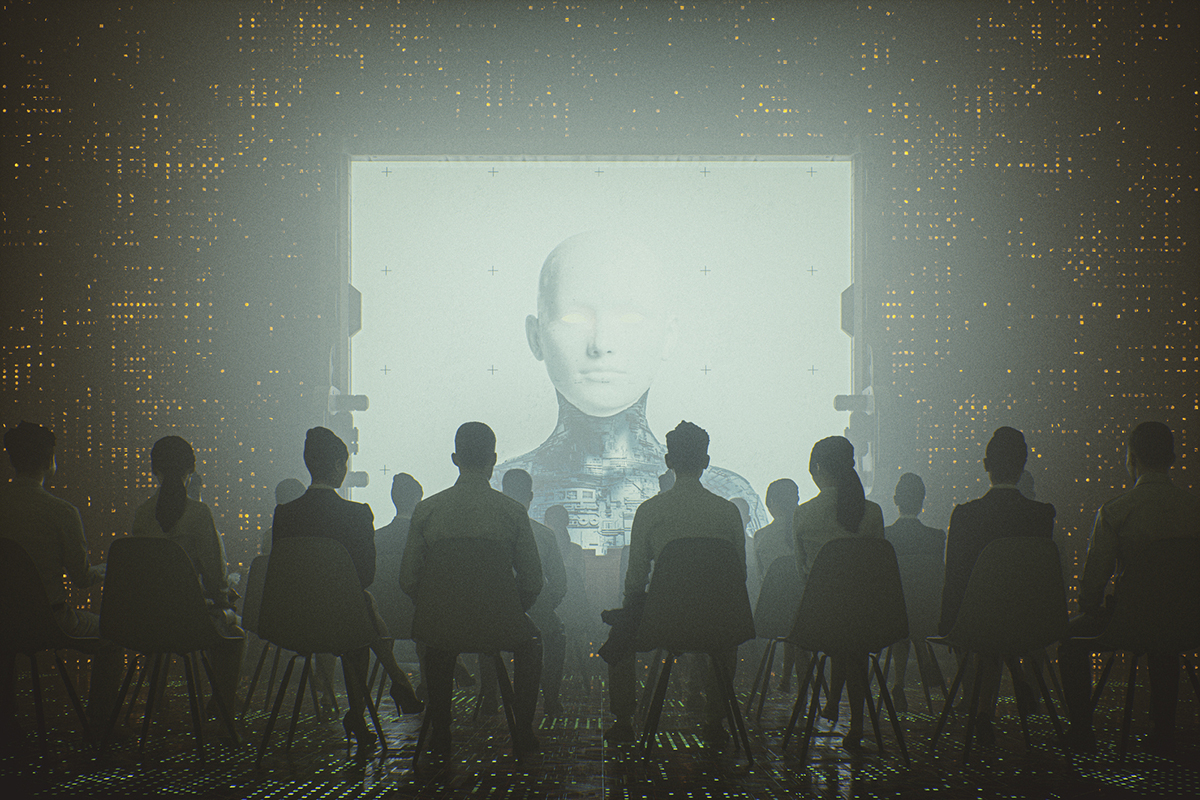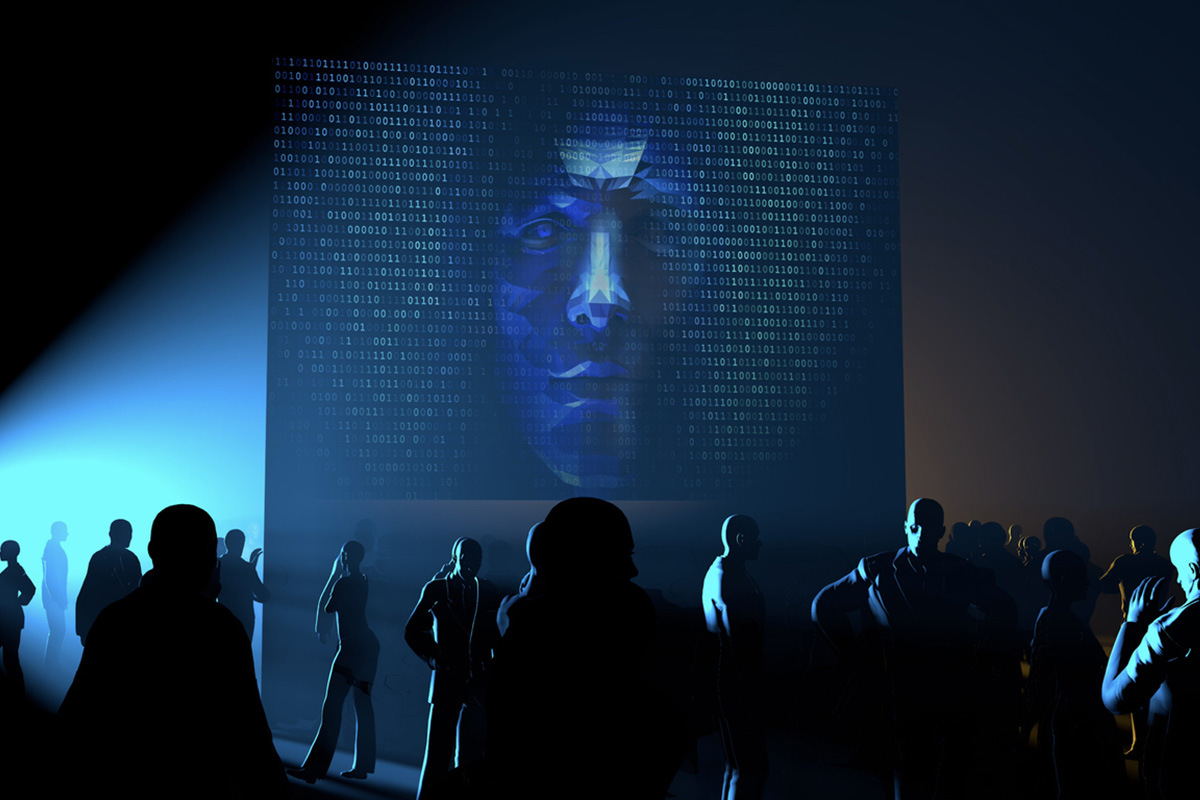Designing with a Collective Understanding of People
By Heather Fox
The term ‘user-experience’ was at one time revolutionary, state-of-the-art term when coined in the early 1990’s by then Apple Fellow Don Norman. And, before he even came up with the distinct term to describe such a complex interaction, computer and technology pioneers had already been discussing the need to move the focus from solely the technology specialist to the average daily user. Don Norman put the idea into words we could relate to.
He said, “I invented the term because I thought human interface and usability were too narrow. I wanted to cover all aspects of the person’s experience with the system including industrial design graphics, the interface, the physical interaction and the manual. Since then the term has spread widely, so much so that it is starting to lose its meaning.”
We couldn’t agree more. Once, it was a succinct way to describe joining human beings with technology. Now, it seems a bit over used and also a little cold and technologizing relative to the idea of what it really means. We think it’s important to remember that ‘user’ = ‘human’ and ‘experience’= ‘feeling’.
So, how do we make this ‘human feeling’ collective and not subjective? And, if you noticed, we didn’t say ‘objective’ and not subjective. Being ‘objective’ simply means ‘unbiased’ or ‘impartial’. When we are designing for human beings, we are designing for ourselves as well, right? Designing for our collective experience, something universal is the ultimate goal.
So how do we do this?
“I decided at one point the word ‘user’ was a bit degrading. Why not call people ‘people?’ ”
In his TED Talk, a persuasive Sueng Chan Lim tells us what he has learned in order to know when he’s on the right path to accomplishing this kind of creativity. He calls it “realizing empathy”. In his talk he describes his attempt to help a friend struggling with depression. “I thought of her as a problem to be solved. And I, myself, as a problem solver. Thinking that a problem solver could not be part of the problem.” He went on to describe how trying to sell her on his idea (that she should try harder to cheer up) was the exact opposite of a solution. He was seeing her objectively. Yes, without bias, but without empathy as well. And when he realized this, he had the insight to become truly empathetic. She wasn’t the problem to be solved. The lack of understanding and empathy was the problem.
Let’s create with a collective understanding of people.
“As we go through the creative process, we don’t just create things. We create new meaning and value from something we perceived little to no value or meaning previously. And in that process, we learn a new choice with which to see others and ourselves… If we want to learn a new choice with which to see, we have to be willing to listen to another we feel as separate from ourselves, and manage to empathize we will be surprised by a new insight.”

